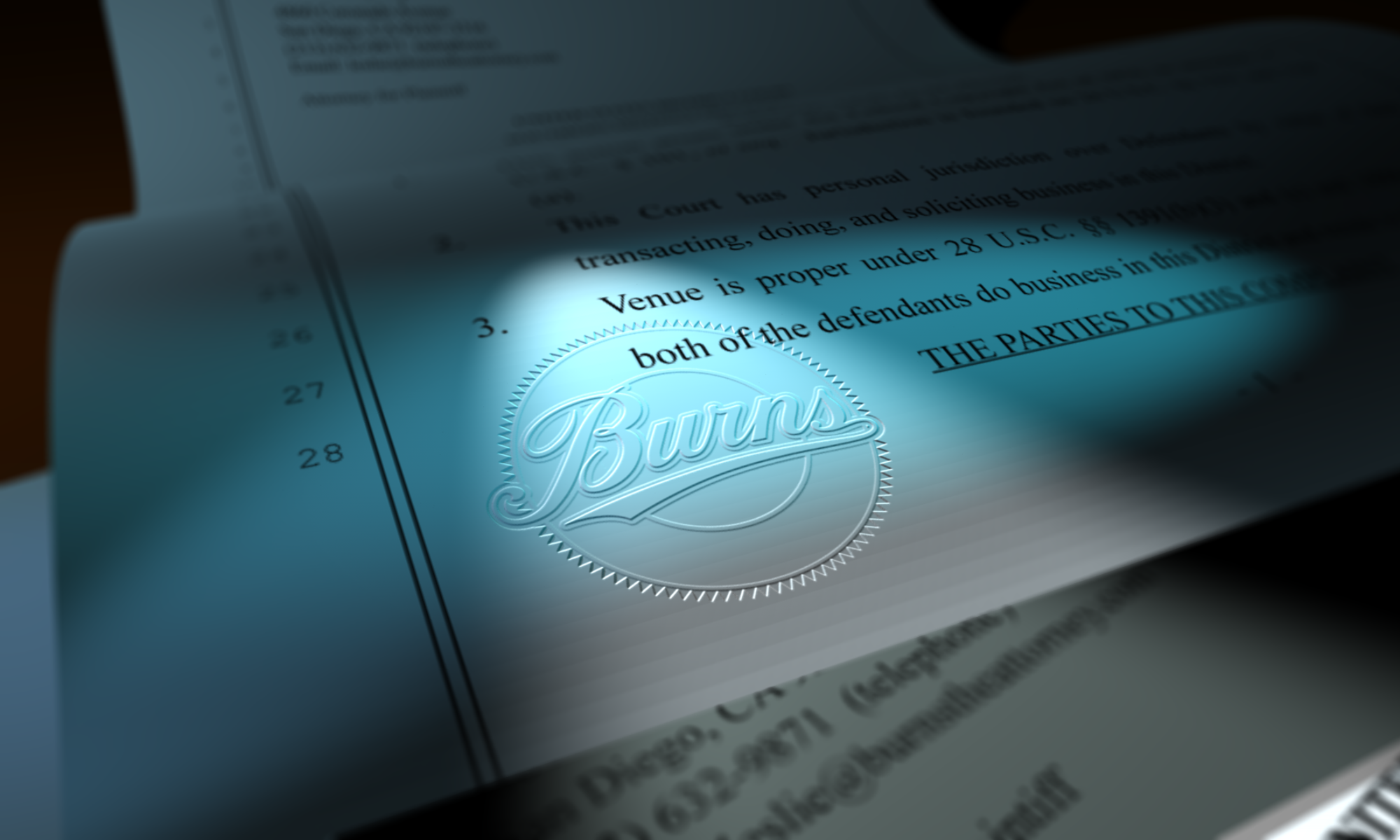So, the first photo-related Final Determination is in at the Copyright Claims Board (link to pdf). I wish I could tell you otherwise, but it does not bode well for photographers.
The case was pretty straight-forward: an attorney illicitly used a timely-registered photo on his website, got caught, blamed his daughter for having sourced and posted it as his web “designer” and, despite all the notices that the work was protected, got away with only having to pay $1000.
Why so little? Because the photographer had never licensed that photo and so provided no proof of his license value and, in the board’s determination, there must be a relationship between actual damages and statutory ones.
It was there that, in my opinion, the board screwed the pooch. Courts have said the direct opposite, like in Thomas-Rasset where the 8th Circuit noted that the Supreme Court stated that there should NOT be any relationship between the actual damages and statutory ones because statutory damages are imposed as a punishment for the violation of a public law. Furthermore, the court noted:
It makes no sense to consider the disparity between “actual harm” and an award of statutory damages when statutory damages are designed precisely for instances where actual harm is difficult or impossible to calculate. See Cass Cnty. Music Co. v. C.H.L.R., Inc., 88 F.3d 635, 643 (8th Cir. 1996). Nor could a reviewing court consider the difference between an award of statutory damages and the “civil penalties authorized,” because statutory damages are the civil penalties authorized.
Capitol Records, Inc. v. Thomas–Rasset, 692 F.3d 899, 907-8 (8th Cir. 2012)(cert. denied).
In that same case, by the way, the court noted:
Congress no doubt was aware of the serious problem posed by online copyright infringement, and the “numberless opportunities for committing the offense,” when it last revisited the Copyright Act in 1999. To provide a deterrent against such infringement, Congress amended § 504(c) to increase the minimum per-work award from $500 to $750, the maximum per-work award from $20,000 to $30,000, and the maximum per-work award for willful infringement from $100,000 to $150,000.
Id. at 908.
In fact the board noted that the 9th, the law of which is controlling over this matter, has held that courts are not reliant on any formula and can award anything between the minimum and maximum, but then it relies on errant lower court rulings that ignore that to justify its low award.
Worst of all for artists here, according to SCOTUS (Woolworth, etc.), statutory damages are supposed to deter the infringer from doing it again and, arguably more importantly, to deter others from doing the same. Who the hell is going to be deterred by $1000? No one, really.
Most of all, this is telling photographers (and probably other artists) that their work isn’t worth protecting unless it has already sold/been licensed for a lot of money. Yikes, for sure.
